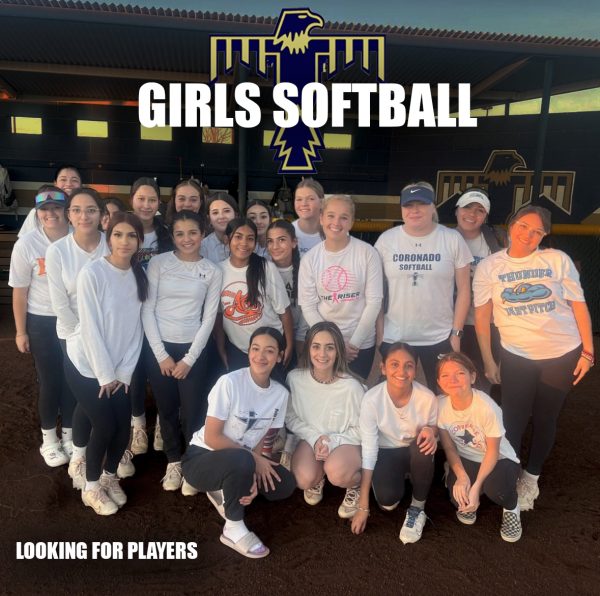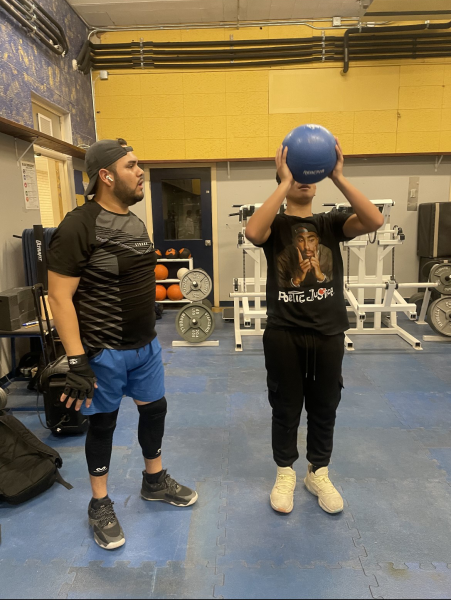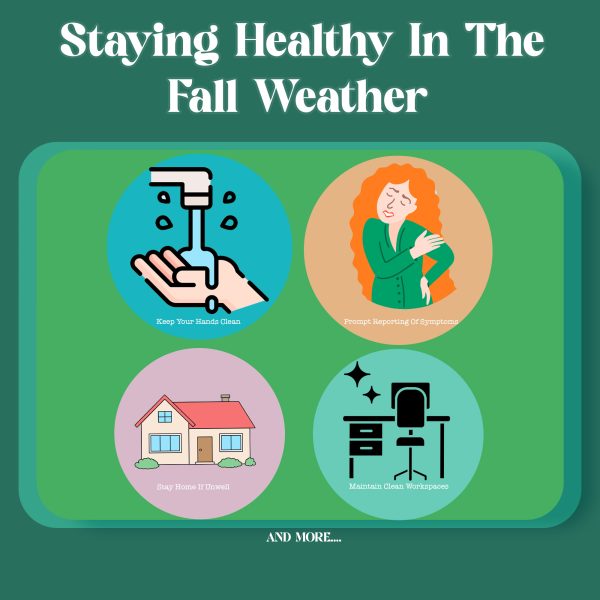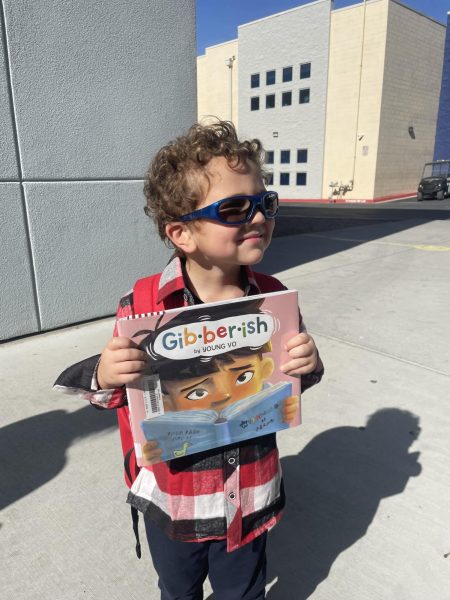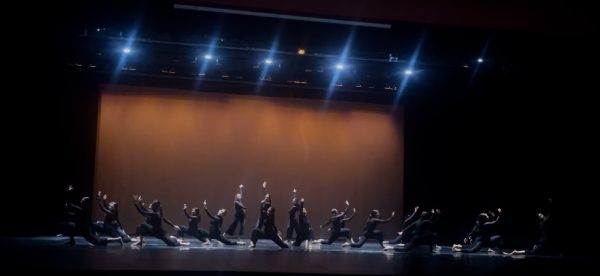Learning styles

Photo courtesy / ISTOCKPHOTO.COM/JANE_KELLY
With the transition to online instruction, some students may have a harder time coping with the switch. It may be beneficial to know your learning style.
As school desks are replaced with beds, lunchtimes with friends are replaced by lunches with siblings, and jeans are replaced for sweatpants, students adjust to the new normal after two weeks of online instruction.
Due to COVID-19, EPISD decided to switch to online school beginning March 30. Since then, the district has made continuous updates so that students are benefiting from the drastic change, such as updating the grading and attendance policies. However, everyone has their style of learning and online school may or may not be conducive to different styles.
There are four styles of learning: visual/verbal, visual/nonverbal, auditory, and tactile/kinesthetic.
Visual/Verbal Learners
A student is a visual/verbal learner if they learn the best from information that is presented in a written form, such as a PowerPoint, and work best when the visual aid lists essential points of a lesson to provide an outline. These learners like to study by themselves in quiet environments. They visualize information in their “minds’ eyes” to remember something. The online environment is especially appropriate for visual/verbal learners because teachers present most of the information for a course in writing.
Visual/Nonverbal Learners
A visual/nonverbal learner benefits the most when information is presented visually and in a picture or design format, for example, maps, graphs/charts, videos, or diagrams. Like visual/verbal learners, these students tend to prefer to work alone in quiet environments and visualize an image of something when trying to remember it. The online environment is well suited for this type of learner because graphical representations of information can help them remember concepts and ideas.
Auditory Learners
A student who gains the most from group discussions, lectures, and audio recordings is an auditory/verbal learner. They learn best when interacting with others in a listening/speaking activity. Online learning environments can complement this learning style. Although most information is presented visually, group participation and collaborative activities are accomplished well online.
Tactile/Kinesthetic Learners
A tactile/kinesthetic learner retains the most information during a “hands-on” learning activity, such as a lab, in-class demonstrations, and fieldwork outside of the classroom. These students flourish with an active learning framework. It is the most difficult type of learning to style to incorporate online; however, if possible, simulations with 3D graphics can replicate physical demonstrations. Finally, the online environment is well suited for presentation and discussion of either group or individual projects and activities.
“Online courses are something very new and we are all learning from it,” sophomore Nicole Aguilar said. “With time, we will all be comfortable and used to it.”
The transition to online instruction is something that both students and teachers must navigate together, but knowing what kind of learning style you have and adjusting your environment can help you make the most of this e-learning experience.

Layla Boyer is a senior and has been in newspaper for four years. Her favorite part of newspaper is being able to interact and get to know so many different...

